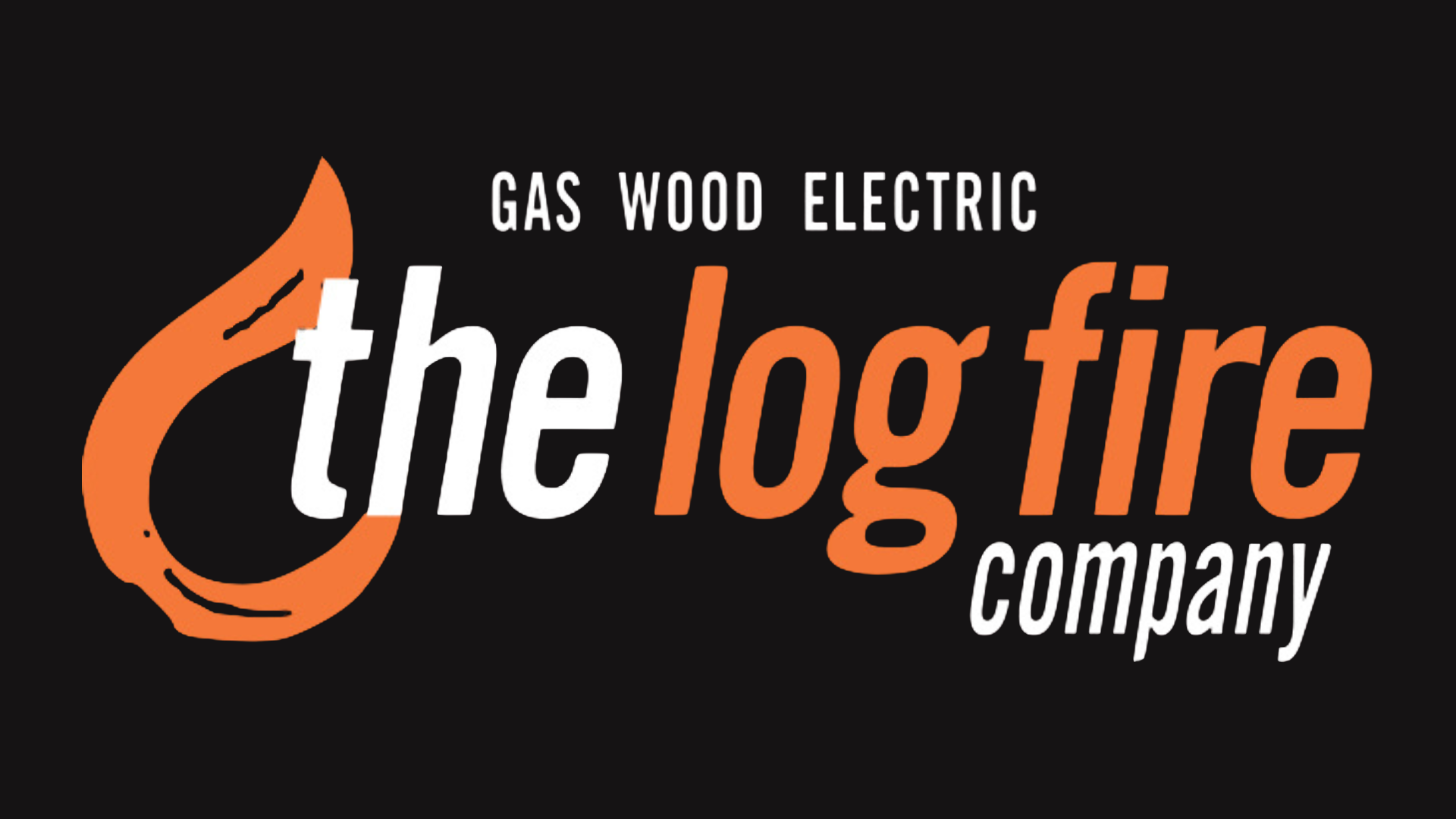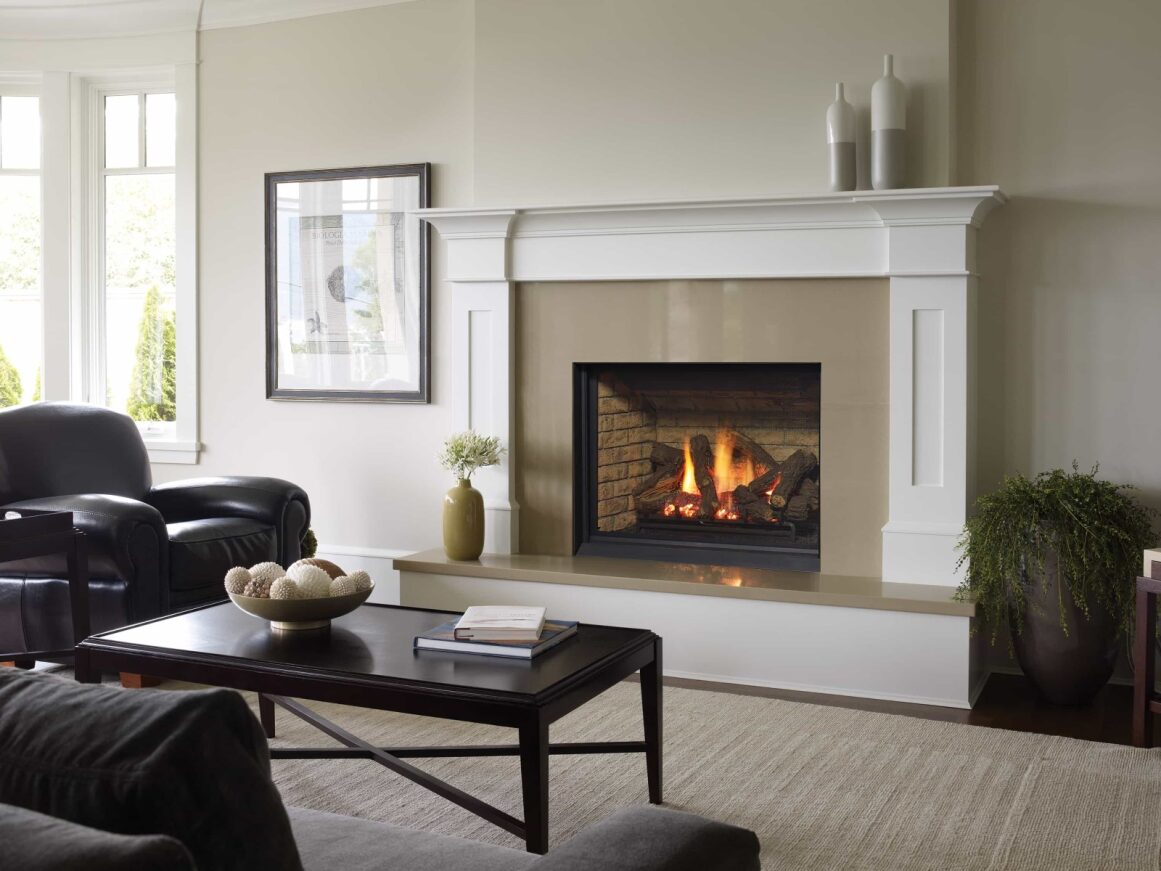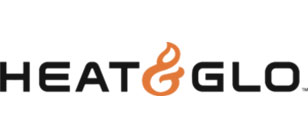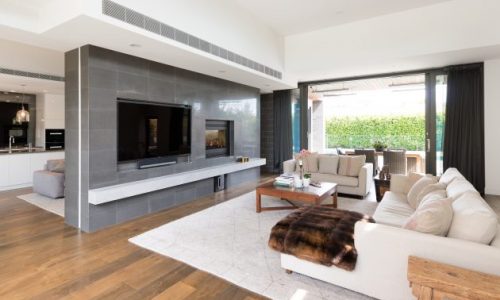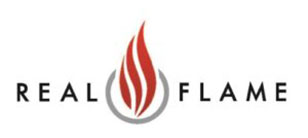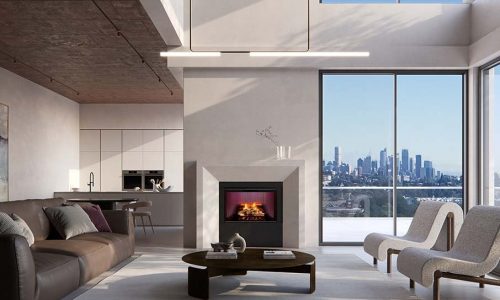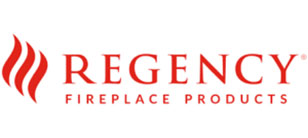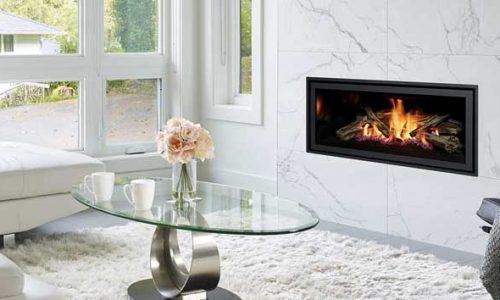A gas log fireplace has become a popular choice for many Australian households seeking the warmth and charm of a traditional wood fire without the associated hassle. These modern heating solutions offer an attractive blend of convenience, efficiency, and aesthetic appeal.
In this discussion, we’ll be looking into the basics of a gas log fireplace, focusing on the differences between vented and vent-free models, their installation processes, and how they effectively mimic the look and feel of real wood fires.
Additionally, we’ll examine the pros and cons of each type to help you make an informed decision for your home.
Understanding Gas Log Fireplace
Gas log fireplaces are designed to replicate the appearance of a traditional wood-burning fireplace while providing the benefits of gas heating. They consist of ceramic or refractory cement logs that are crafted to look like real wood.
These logs are placed over a burner within the fireplace unit, where they emit flames and heat when ignited. The result is a cosy and visually appealing fire that can be enjoyed with the simple flick of a switch or the push of a button.
Vented vs. Vent-Free Gas Log Fireplaces
A vented gas log fireplace, also known as vented gas fireplace, requires a chimney or flue to operate. These fireplaces draw air from the room to feed the flames and expel combustion gases outside through the chimney.
Pros:
- Realistic Appearance: Vented gas logs produce a highly realistic flame and ember bed, closely mimicking the look of a traditional wood fire.
- Better for Long-term Use: Because the combustion gases are vented outside, these units are safer for extended use and pose less risk of indoor air quality issues.
- Variety of Styles: They come in various styles and sizes, allowing homeowners to choose a design that complements their décor.
Cons:
- Higher Installation Costs: The need for a chimney or flue system increases the installation complexity and cost.
- Lower Heat Efficiency: Much of the heat generated by the fire is lost through the chimney, making these units less efficient as a primary heat source.
A vent-free gas log fireplace, or ventless gas fireplace, does not require a chimney or flue. These units are designed to burn the gas more cleanly, allowing the combustion gases to be vented directly into the room.
Pros:
- Higher Efficiency: Nearly all the heat produced is retained within the room, making these units highly efficient.
- Lower Installation Costs: Without the need for a chimney or flue, installation is simpler and more affordable.
- Flexibility: These units can be installed in almost any room, including those without existing fireplaces or chimneys.
Cons:
- Indoor Air Quality: Since combustion gases are released into the room, there’s a potential risk to indoor air quality. It’s essential to ensure proper ventilation and adhere to manufacturer guidelines.
- Regulatory Restrictions: In some areas, local regulations may restrict or prohibit the use of vent-free gas fireplaces due to safety concerns.
- Less Realistic Flames: While advances have been made, vent-free gas logs may not achieve the same level of flame realism as vented models.
Installation Processes
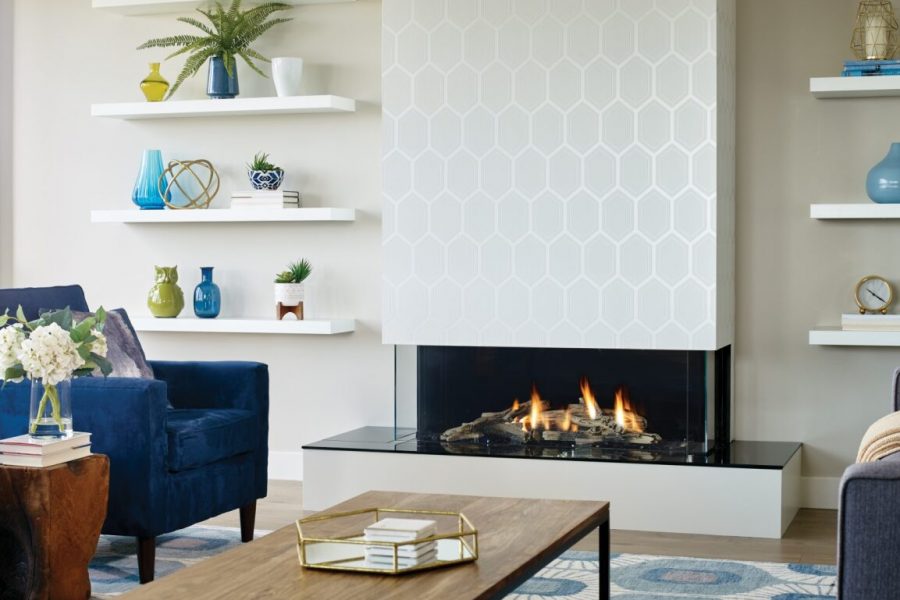
Installing a vented gas log fireplace typically involves several steps:
- Chimney Inspection: Ensure the existing chimney is in good condition and suitable for vented gas logs. This may require cleaning and repairs.
- Gas Line Installation: A professional plumber or gas fitter will install a gas line to the fireplace location.
- Firebox Preparation: The firebox is prepared, ensuring it is clean and free from debris.
- Log and Burner Placement: The gas logs and burner are placed inside the firebox according to the manufacturer’s instructions.
- Connection and Testing: The gas line is connected, and the system is tested for leaks and proper operation.
Vent-Free Gas Log Fireplaces
The installation of a vent-free gas log fireplace is generally more straightforward:
- Location Selection: Choose a suitable location that adheres to clearance and ventilation requirements.
- Gas Line Installation: Similar to vented models, a gas line is installed to the fireplace location.
- Unit Placement: The vent-free unit is placed in the chosen location.
- Connection and Testing: The gas line is connected, and the unit is tested to ensure safe operation and proper function.
Mimicking the Aesthetic of Real Wood Fires
One of the main attractions of a gas fireplace with artificial logs is its ability to simulate the look and feel of a traditional wood-burning fire. Manufacturers have developed advanced techniques to create highly realistic ceramic or refractory cement logs that resemble various types of wood, such as oak, birch, and driftwood.
These logs are meticulously detailed to include features like bark texture, knots, and charring.
In addition to the logs themselves, modern gas log fireplaces often incorporate features such as glowing embers, adjustable flame heights, and even crackling sound effects to enhance the illusion of a wood fire. The combination of these elements creates an inviting and authentic ambiance that appeals to many homeowners.
Pros and Cons of Gas Log Fireplaces
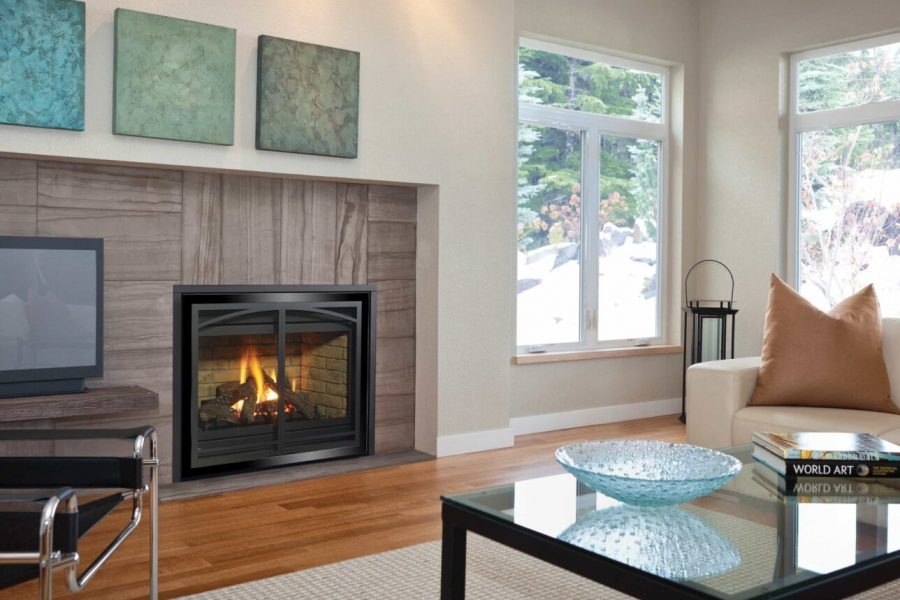
Pros:
- Convenience: a gas fireplace in Melbourne is easy to operate, often featuring remote controls or wall switches for quick ignition and adjustment.
- Low Maintenance: Unlike wood-burning fireplaces, gas logs do not produce ash or require frequent cleaning. Annual inspections and occasional maintenance are generally sufficient.
- Consistent Heat Output: Gas fireplaces provide consistent and controllable heat, making them a reliable source of warmth.
- Safety: When properly installed and maintained, gas log fireplaces are a safe alternative to traditional wood fires, reducing the risk of chimney fires and indoor smoke.
Cons:
- Initial Cost: The initial investment for a gas log fireplace, especially vented models, can be higher than other heating options.
- Fuel Supply: Gas log fireplaces require a continuous supply of natural gas or propane, which may not be available in all areas.
- Aesthetic Limitations: While highly realistic, some users may still prefer the genuine experience of a wood-burning fire.
- Regulatory and Ventilation Concerns: Vent-free models, in particular, must be used with caution to avoid potential air quality issues.
Making an Informed Decision
Choosing the right gas fireplace in Melbourne for your home involves considering various factors, including your heating needs, budget, installation possibilities, and personal preferences. Vented gas log fireplaces offer a more authentic fire experience but come with higher installation costs and lower efficiency.
Vent-free models, on the other hand, provide excellent heat output and flexibility but require careful attention to indoor air quality and local regulations.
Consulting with a professional installer and reviewing local building codes can help ensure that you select a gas log fireplace that meets your requirements and enhances the comfort and ambiance of your home. With the right choice, you can enjoy the cosy glow and warmth of a fire without the hassles of traditional wood burning.
